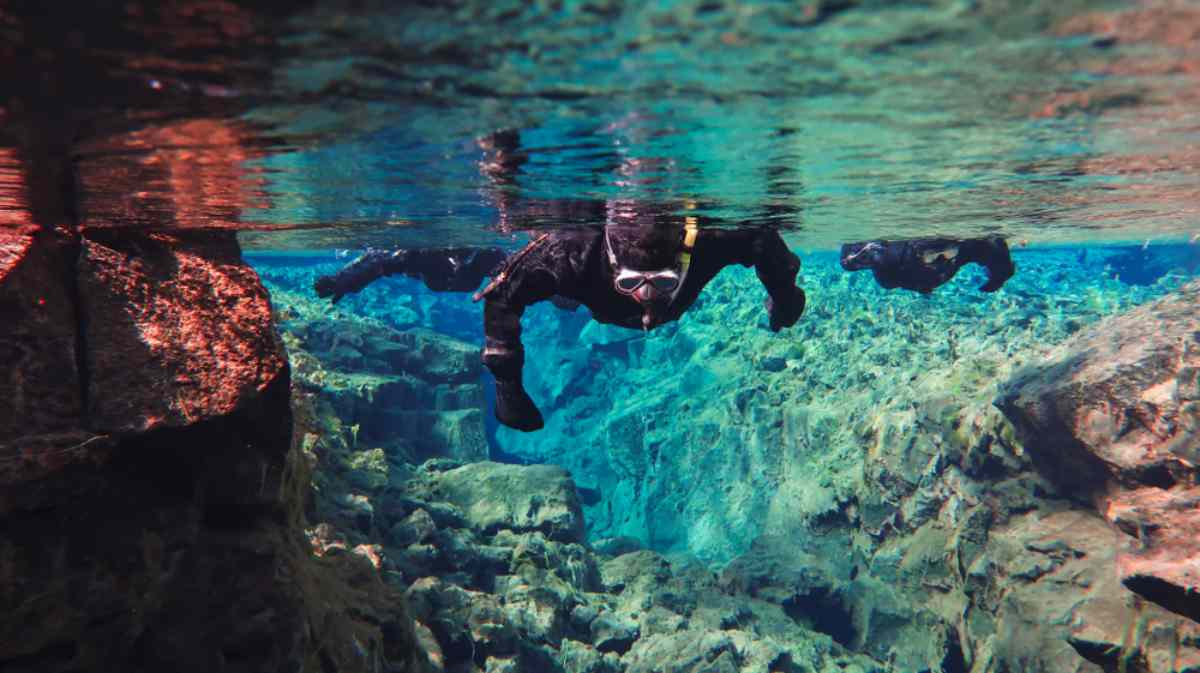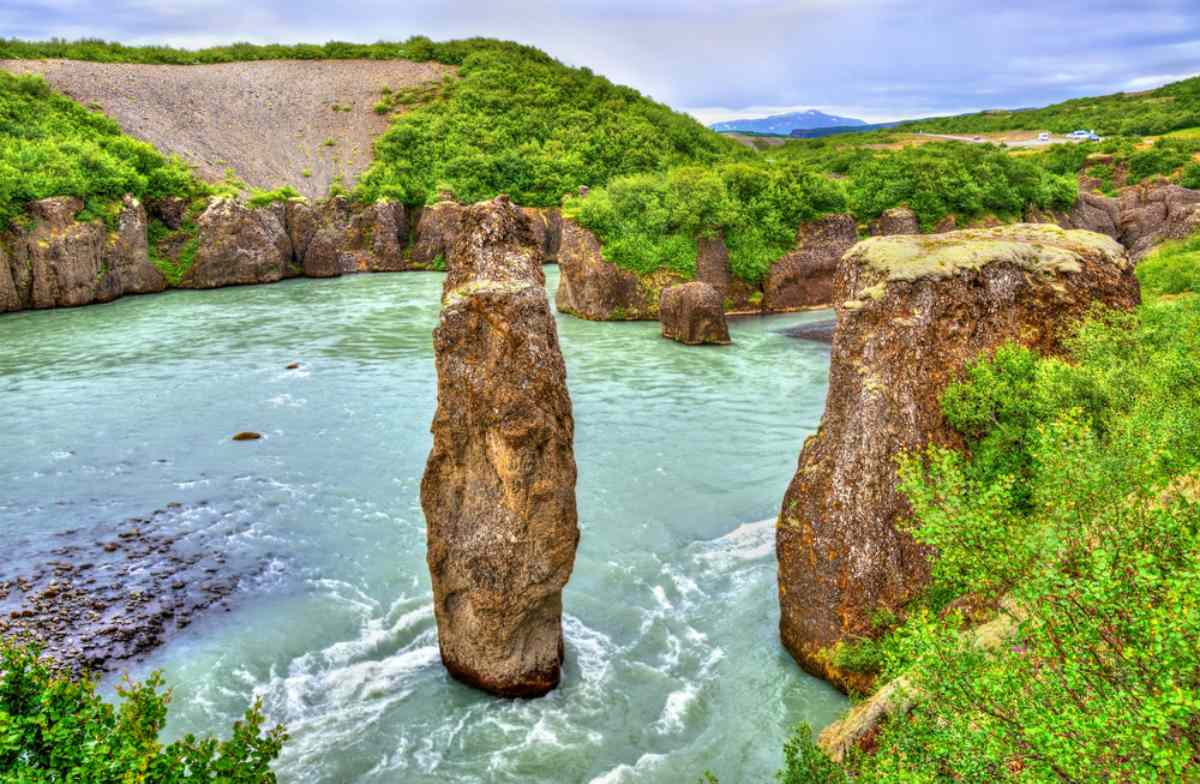Chasing after Iceland's Northern Lights has got to be one of the best things you can do in Iceland. Imagine you're standing under a sky ablaze with vibrant colors, dancing ribbons of green and purple swirling above you. It's a moment of pure magic that you won't soon forget.
In this guide, we'll take you on a journey to unlock the secrets of the Northern Lights in Iceland, providing you with all the essential information and insider tips to make your experience truly unforgettable. So, if you've ever been captivated by the mesmerizing Aurora Borealis and want to learn more, keep reading!
What Are The Northern Lights?
The Northern Lights, also known as the Aurora Borealis, is a mesmerizing natural phenomenon that graces the night skies in certain regions of the world, including Iceland. Picture this: a celestial ballet of vibrant colors painting the darkness above.
But what exactly are these captivating lights? In simple terms, they occur when charged particles from the Sun collide with atoms in the Earth's atmosphere, releasing energy through stunning light displays.
The colors vary from green to pink, red, and even purple, creating a breathtaking spectacle that leaves spectators in awe. The Northern Lights are a magical result of nature's interplay between the Sun, Earth's atmosphere, and our sense of wonder.
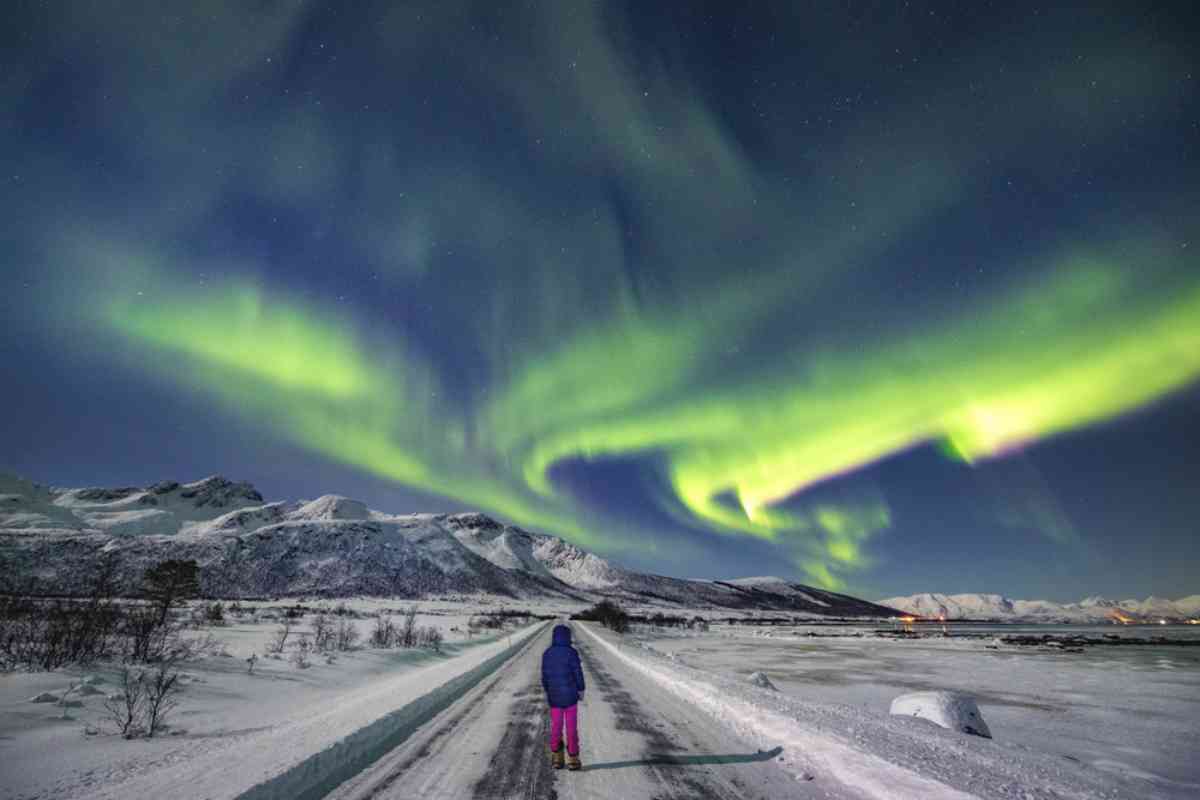
How to See the Northern Lights?
To witness the ethereal dance of the Northern Lights, you'll need to be in an area of the world known for its frequent auroras. The further away from civilization and light pollution you are, the better.
In this regard, Iceland stands out as a premier destination for Northern Light viewing. With its dark skies and an abundance of remote locations, it's the perfect place to get up close and personal with the Aurora Borealis. Seeing the northern lights in Iceland isn't a guarantee, but here are a few tips to help increase your chances:
- Check the aurora forecast - The aurora forecast has a scale of one to nine. Anything above 3 is a good chance to see the northern lights.
- Head away from cities and towns - The further you are from light pollution, the better.
- Dress warmly - Iceland can get very cold at night, so you must bring extra layers and a hat.
- Be flexible with your timing - Auroras can happen at any time of night, but they usually appear around midnight.
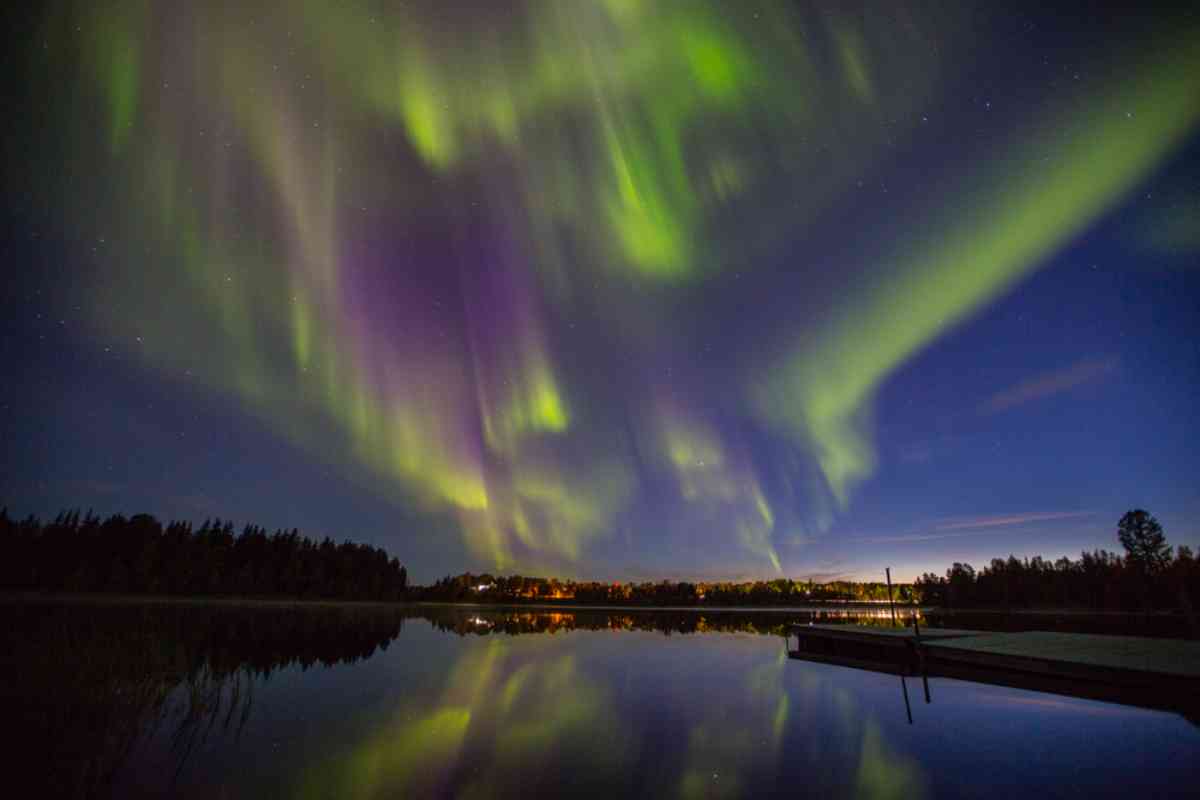
When is The Best Time to See The Aurora Borealis in Iceland?
The best time of year to view Iceland's northern lights is from September to April, when the nights are longer and darker. During winter, Iceland's daylight hours can be as low as 4 hours, making it an ideal time for aurora hunting. The month of October generally offers the clearest skies and most frequent sightings.
Avoiding cloudy and rainy weather is the key to success, so read our Iceland weather guide to plan your trip accordingly. It will give you an idea of when conditions will be most favorable for experiencing this natural wonder.
Where Are The Best Places To View The Aurora Borealis in Iceland?
The best places to see the northern lights in Iceland are locations with minimal light pollution and clear night skies. Here are some of our top picks for Iceland's Auroras:
Thingvellir National Park
Thingvellir National Park is one of the most popular places to view the aurora lights in Iceland. Located about an hour from Reykjavík, Thingvellir is a UNESCO World Heritage Site filled with breathtaking natural beauty and dramatic landscapes. Here, you can enjoy stunning views of wide-open valleys, mountains, and lakes, as well as Iceland's unique geology.
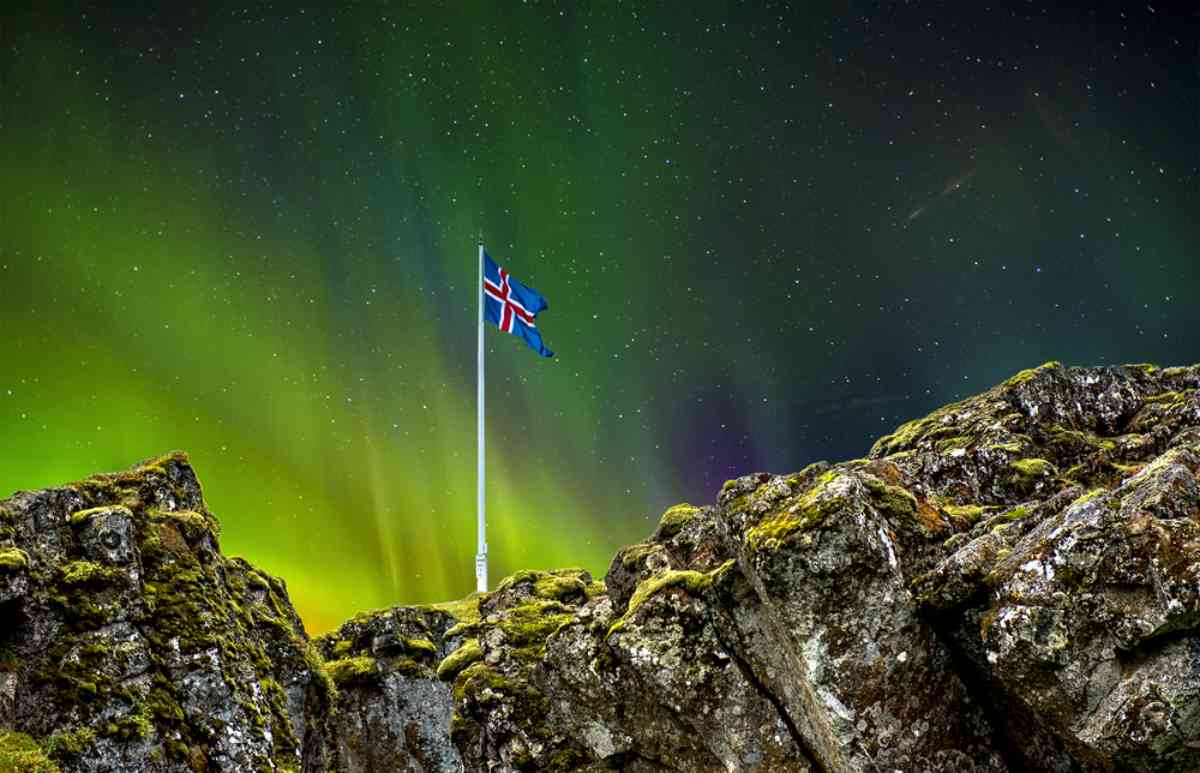
Vik
Vik is a charming fishing village on the Ring Road. It is not only renowned for its stunning landscapes but also serves as an excellent location for viewing the northern lights in Iceland. Away from the urban hustle, Vik offers dark skies, ideal for observing the dancing auroras.
Snæfellsnes Peninsula
The Snæfellsnes Peninsula is a unique landscape of dramatic cliffs and captivating vistas. It's the perfect spot for nature lovers, with its varied terrain ranging from snow-capped mountains to black sand beaches. But it's also a great place to see the Northern Lights in Iceland, as it offers dark skies away from light pollution.
Jökulsárlón Glacier Lagoon
Jökulsárlón Glacier Lagoon, located in southeastern Iceland, offers a breathtaking setting to witness the mesmerizing aurora borealis in Iceland. The shimmering icebergs floating in the lagoon create a surreal atmosphere, enhancing the experience. Away from light pollution, this remote and stunning location provides an ideal backdrop for capturing the captivating beauty of the Northern Lights.
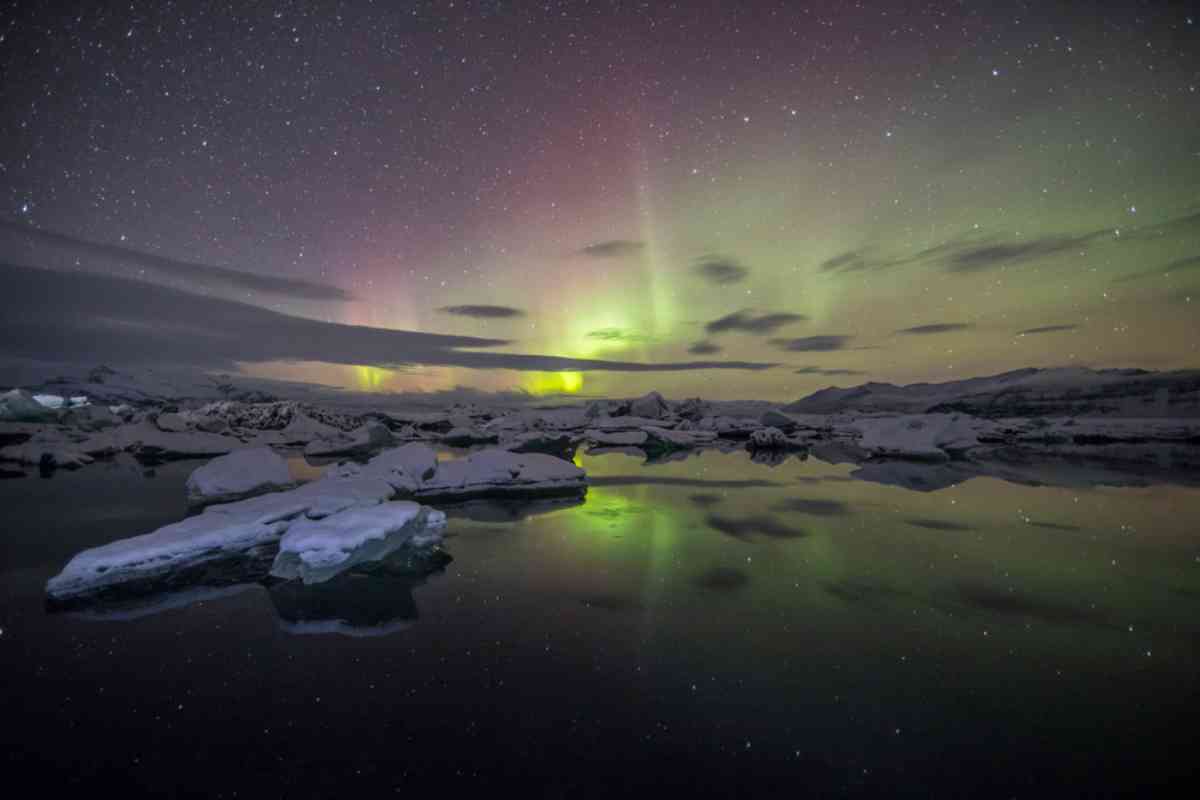
Lake Mývatn
Lake Mývatn is another great spot to view Iceland's Northern Lights. Located about 6 hours from Reykjavík, it offers dark night skies and spectacular views of the Aurora Borealis reflecting off its surface. Plus, with so many other natural attractions in the area, it's worth adding Lake Mývatn to your Iceland itinerary.
What Are The Best Guided Tours to See Iceland's Northern Lights?
Seeing the Northern Lights in Iceland is a magical experience that can be enhanced by taking a guided tour. Joining an experienced guide will increase your chances of catching the Aurora Borealis on a clear night. You'll also be able to skip the planning and hassle as well. So if you're looking for a hassle-free adventure, these tours are your best bet:
Private Northern Lights Tour
Embark on a Private Northern Lights tour designed to provide an unforgettable experience of this spectacular phenomenon. Operated by minibus for up to 19 passengers, the tour includes pre-planning using the Aurora forecast. This is the perfect tour if you want to experience the real aurora borealis in Iceland.
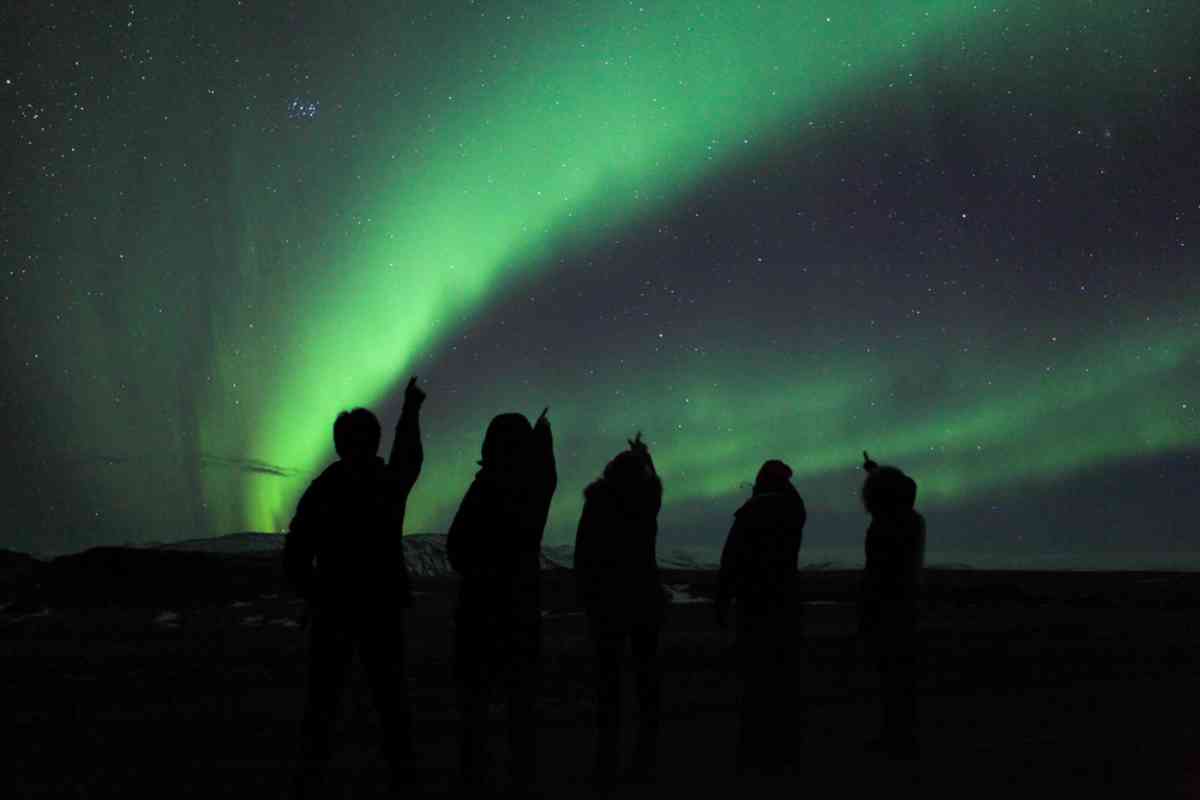
Reykjavík Northern Lights Cruise
Experience the magic of Iceland's lights in the sky with the Reykjavík Northern Lights Cruise. This is a fantastic option for optimal viewing. Departing from the city lights, you'll venture into Faxaflói Bay to search for the mystical auroras. Enjoy the comfort of heated areas, an onboard café, and expert guides who capture photos and share their knowledge.
Northern Lights and Stargazing Tour
Embark on a Northern Lights and Stargazing tour with Happyworld, where you'll be whisked away from city lights for the best sightings. Enjoy the serene atmosphere while waiting for the Northern Lights to appear. Explore the wonders of the night sky with a powerful telescope, observing planets, moons, and deep space phenomena. Happyworld's expertise in weather analysis increases your chances of seeing the northern lights in Iceland by 90%.
Northern Lights Hunt With a Jeep And a Photographer
Embark on an exhilarating Northern Lights Hunt with a Jeep and a Photographer, immersing yourself in an unforgettable adventure. Escaping the city lights in a comfortable 4x4 super jeep, you'll chase the elusive Borealis lights in Iceland with style. Capture breathtaking photos with our skilled photographer, ensuring the magic of the Northern Lights is forever preserved. Get ready for an electrifying experience like no other!
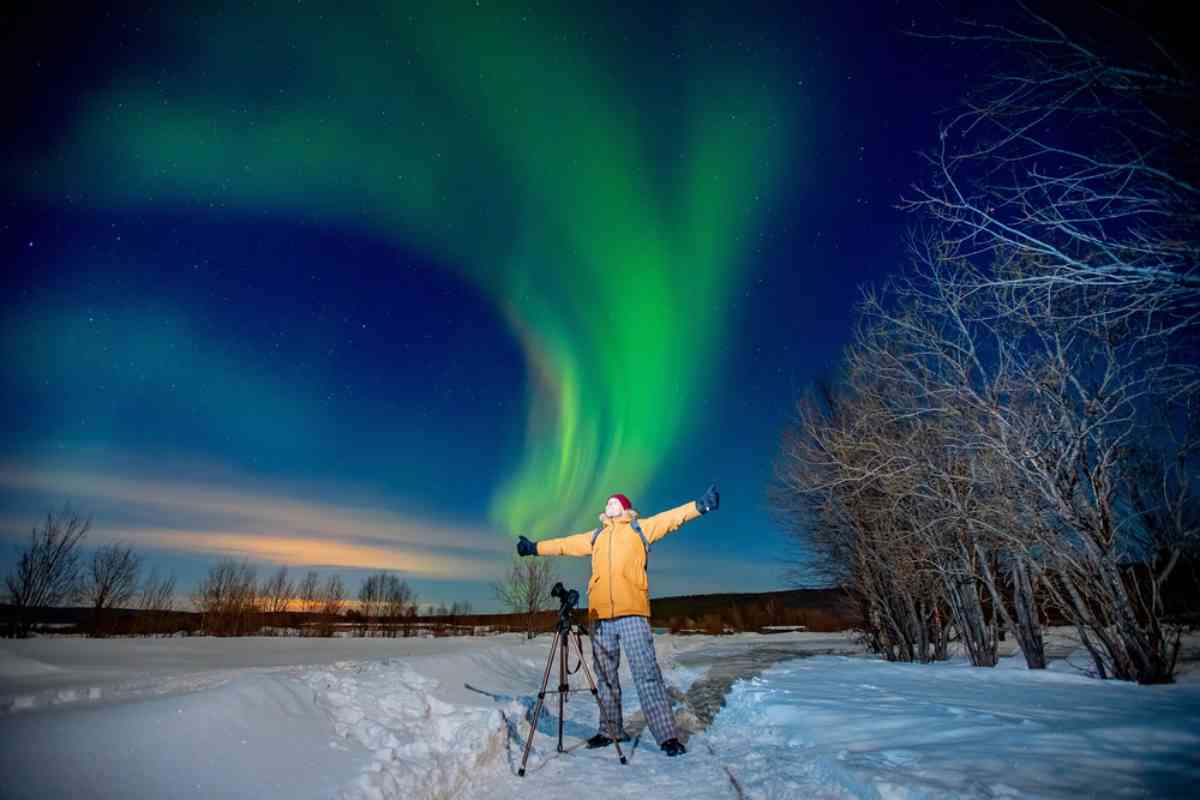
Northern lights at Aurora Basecamp Private tour
Embark on an exhilarating private tour to witness the Northern Lights at Aurora Basecamp. Choose between the luxurious Hyundai Staria Premium minibus and the adventurous Monster Super Jeep. Immerse yourself in the cozy atmosphere of lava bubbles, indulge in guided tours, savor grilled marshmallows, and behold the mesmerizing spectacle of vibrant green lights in Iceland dancing across the night sky.
How to Photograph the Northern Lights?
Photographing the Northern Lights is a great way to capture the memories of your Icelandic Aurora show. If you're an amateur photographer, here are a few tips to help you capture the perfect shots:
Bring the Right Gear:
- DSLR or mirrorless camera with manual settings for greater control.
- Wide-angle lens to capture the expansive night sky.
- Tripod for stability during long exposures.
Manual Mode Settings:
- Set the camera to manual mode to adjust exposure settings.
- Use a low ISO (around 400-800) to reduce noise.
- Open the aperture to its widest setting (lower f-number) for maximum light capture.
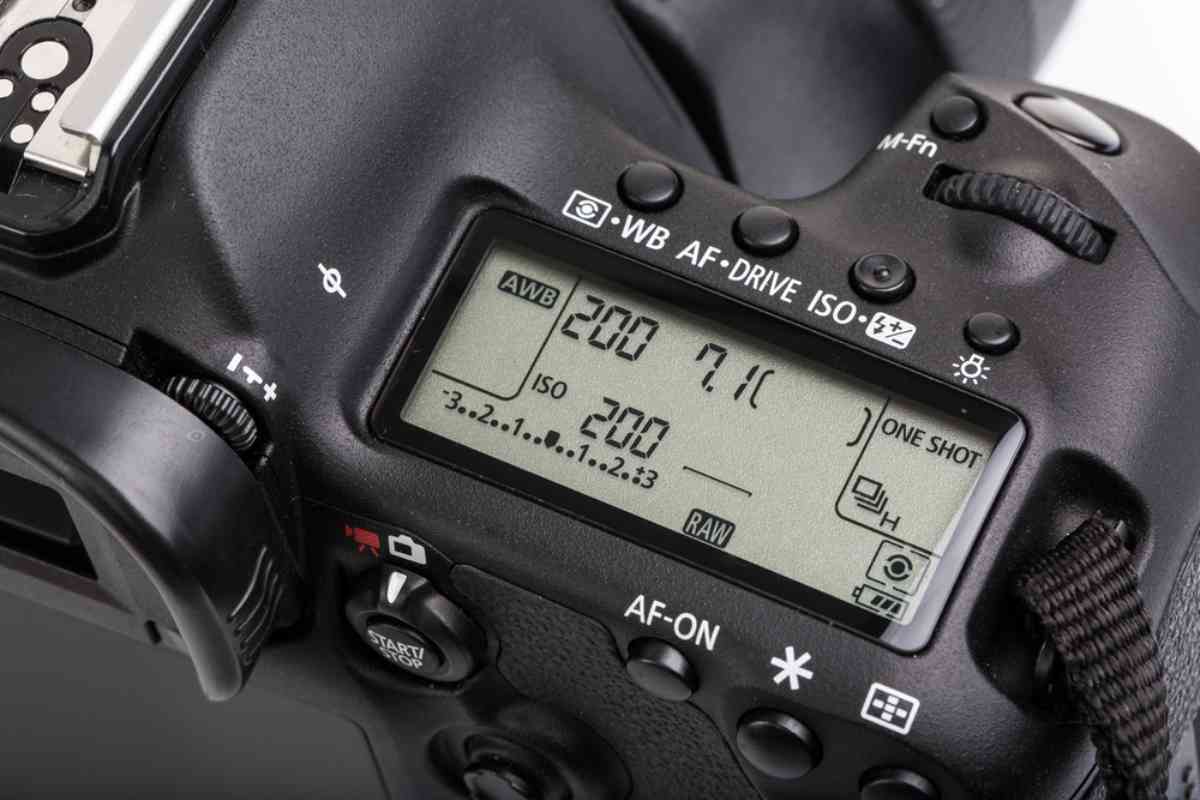
Long Exposures:
- Use a slow shutter speed (15-30 seconds or longer) to capture the movement of the lights.
- Experiment with different exposure times to achieve desired results.
Focus and Composition:
- Manually focus your lens to infinity for sharp images of distant lights.
- Consider incorporating interesting foreground elements like trees or mountains for added depth.
Get Ready To Chase Iceland's Northern Lights!
From the Snæfellsnes Peninsula to Lake Mývatn, there are plenty of beautiful places to experience and view Iceland's Northern Lights. To maximize your chances of seeing those elusive Auroras, we recommend renting a car in Iceland, so you can escape from light pollution and venture into remote areas for optimal viewing opportunities.
With our tips on how to photograph the lights as well as what gear to bring along, you're now ready for your own Northern Light adventure! So don't wait any longer - start planning your trip, and happy hunting!

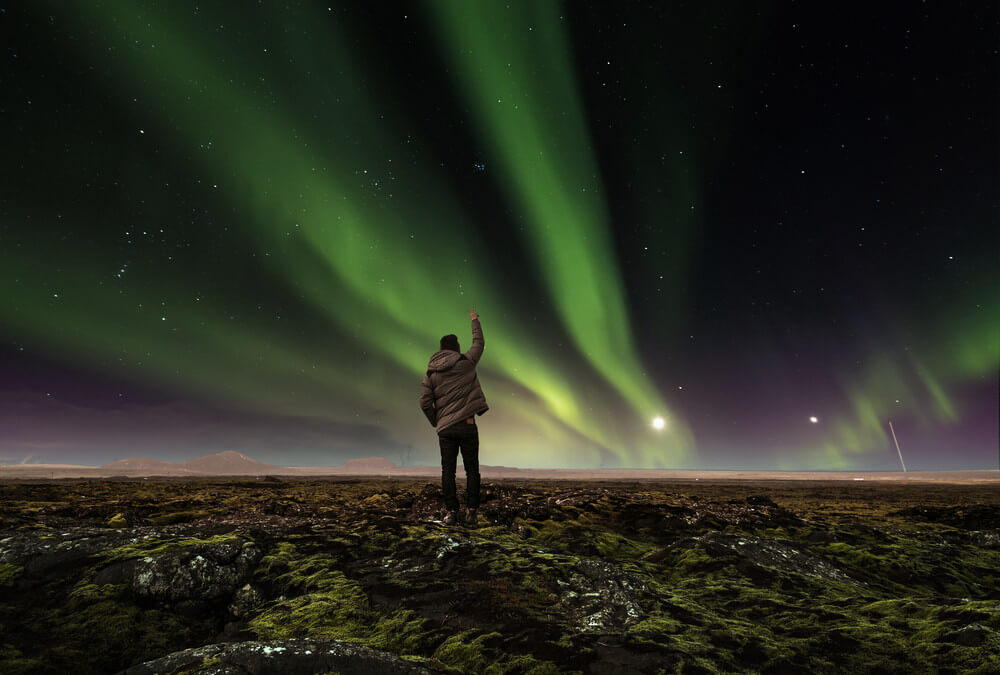
 By
By

